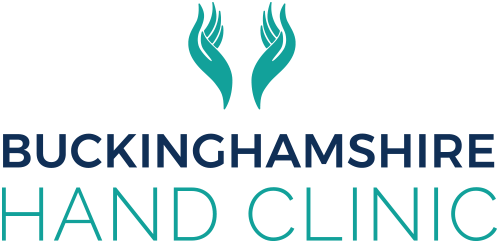The field of hand and wrist surgery has developed into a specialty of its own with tremendous progress in the understanding of the anatomy and biomechanics. There has also been a significant advance in our understanding of the pathology of conditions affecting the hand and wrist.
Movements of the hand and wrist are integral to many activities of daily living, work, hobbies and sports. The functional activities of tendons, muscles, nerves, blood vessels and the joints are intricately connected and finely balanced. These structures are covered by highly specialised skin which not only provides protection but also is crucial to grip and sensory perception. Any change in one of the structures is therefore likely to affect the hand as a whole.
Dupuytren’s disease is a common condition affecting the hand in northern Europe.
The skin on our palm is different from that on the back of the hand. It is less mobile and tougher, which makes it easier for us to grip objects. Under the skin is a three-dimensional layer of tough tissue called ‘palmar fascia’. It is this tissue that is mainly affected in Dupuytren’s disease, not the tendons. The condition runs in families and is inherited but its expression in individuals of the family is variable.
The disease usually begins as a nodule (thickening under the skin) or a ‘pit’ in the skin. This may progress to a finger contracture characterised by flexing of the fingertip towards the palm and inability to straighten the finger fully. Thumb is less commonly affected in comparison to the fingers.
At present, there is no ‘cure’ for this condition and the aim of treatment is to restore and retain as much function as possible. Therefore, if the contracture is mild and not interfering with function, no treatment is needed.
Several surgical options are available. These range from simple division of the cord (prominent rope-like thickening under the skin. see fig) under local anaesthesia using a needle (needle fasciotomy) to excising the cords (segmental and partial fasciectomy) and excision with skin grafting (dermofasciectomy). Very rarely, amputation of the digit has to be considered in severe cases or for multiple recurrences despite surgery. Recovery time and recurrence rates vary between individuals and also for different procedures. Each case may be suitable for one or more surgical options. This is discussed during the consultation.
For more information, please visit BSSH website (www.bssh.ac.uk)
